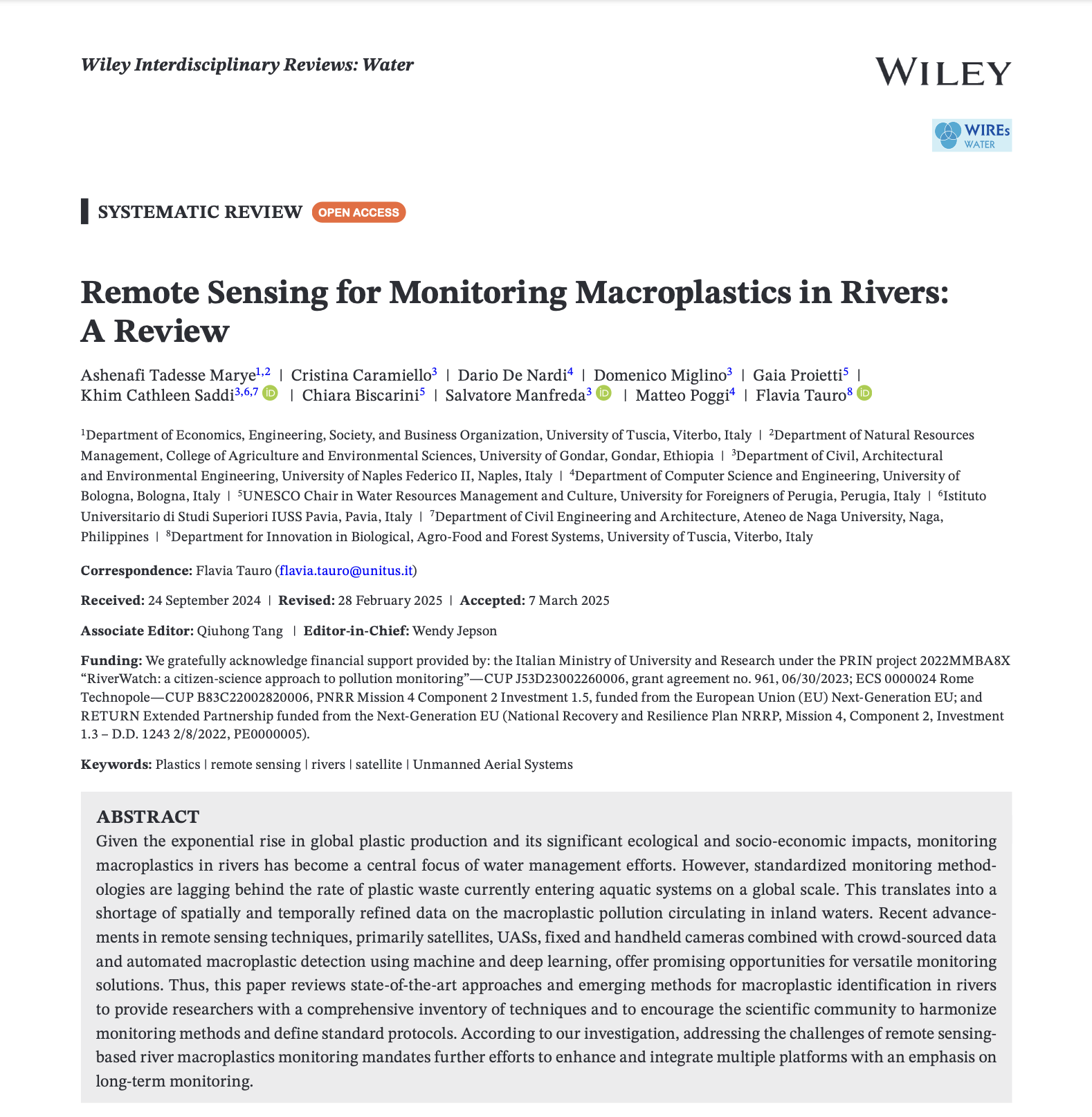Given the exponential rise in global plastic production and its significant ecological and socio-economic impacts, monitoring macroplastics in rivers has become a central focus of water management efforts. However, standardized monitoring methodologies are lagging behind the rate of plastic waste currently entering aquatic systems on a global scale. This translates into a shortage of spatially and temporally refined data on the macroplastic pollution circulating in inland waters. Recent advancements in remote sensing techniques, primarily satellites, UASs, fixed and handheld cameras combined with crowd-sourced data and automated macroplastic detection using machine and deep learning, offer promising opportunities for versatile monitoring solutions. Thus, this paper reviews state-of-the-art approaches and emerging methods for macroplastic identification in rivers to provide researchers with a comprehensive inventory of techniques and to encourage the scientific community to harmonize monitoring methods and define standard protocols. According to our investigation, addressing the challenges of remote sensing-based river macroplastics monitoring mandates further efforts to enhance and integrate multiple platforms with an emphasis on long-term monitoring.
How to cite: Tadesse Marye, A., C. Caramiello, D. De Nardi, D. Miglino, G. Proietti, K. Cathleen Saddi, C. Biscarini, S. Manfreda, M. Poggi, F. Tauro, Remote Sensing for Monitoring Macroplastics in Rivers: A Review, WIREs Water, Volume12, Issue2, 2025. [pdf]
